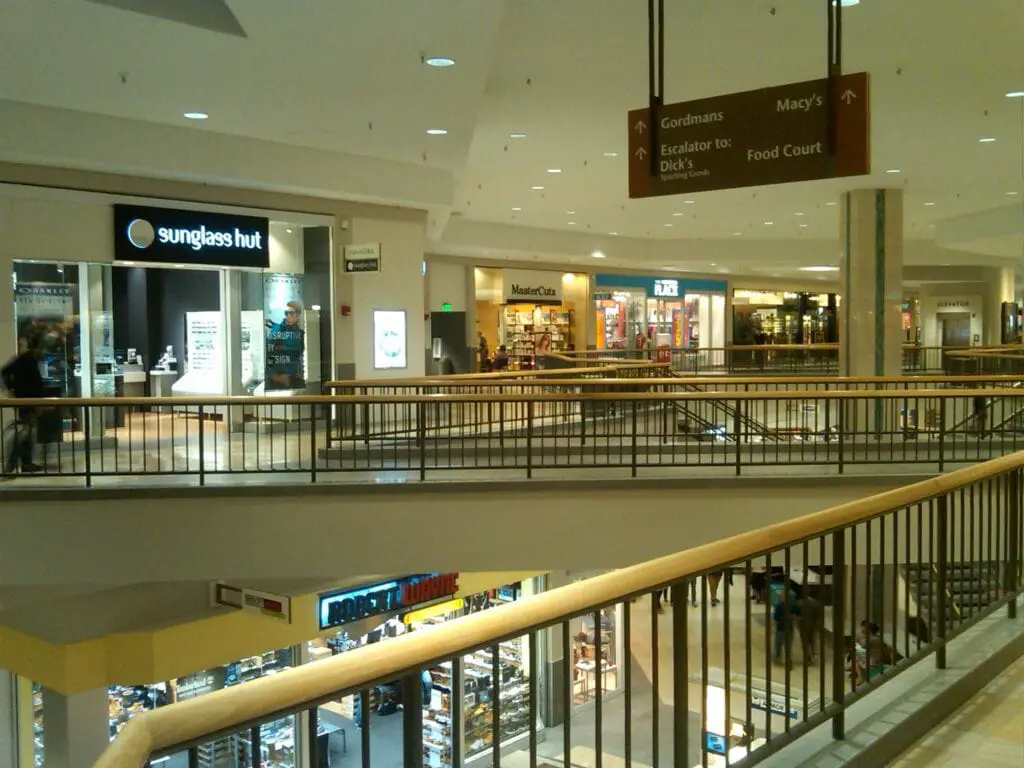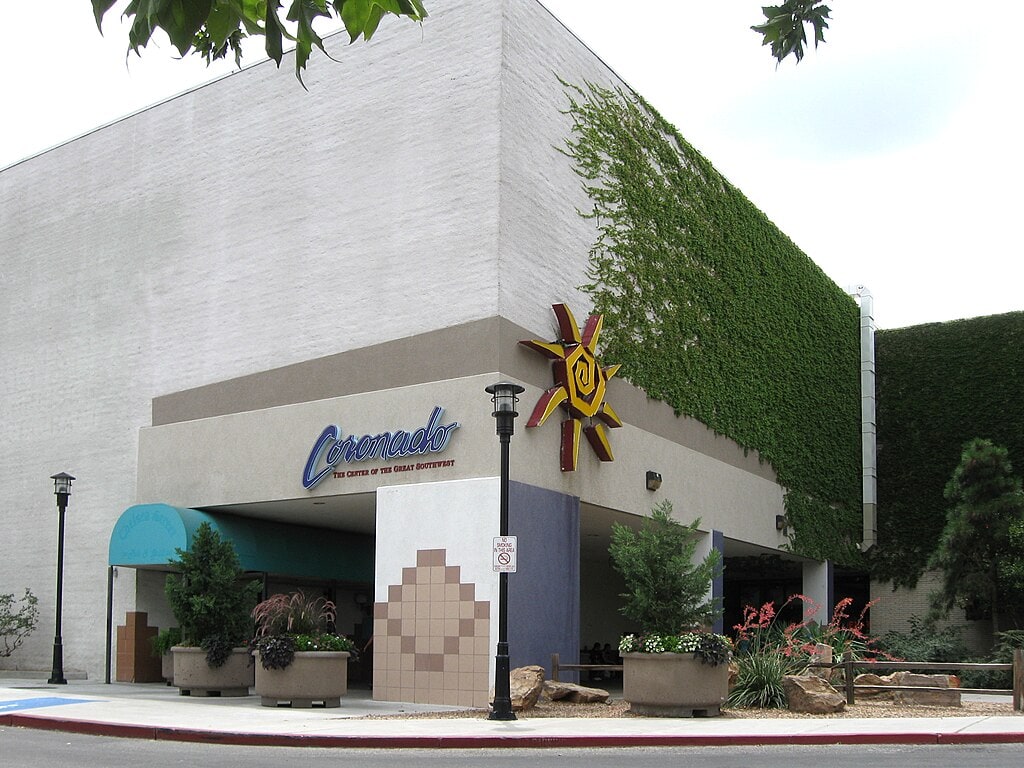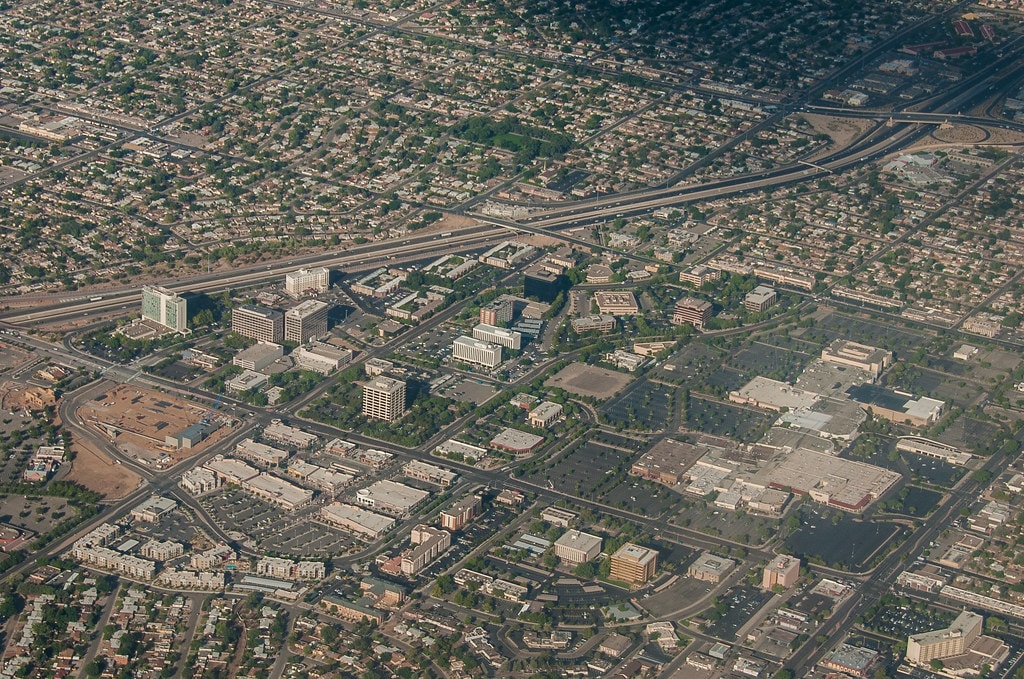Introduction: The Dawn of a Retail Era
In the heart of Albuquerque, New Mexico, a significant development took shape in the mid-1960s. The Coronado Center, a symbol of commercial progress, was born.
Developed by Homart Development Company, a subsidiary of Sears dedicated to mall-building, Coronado Center made its grand debut in March 1965.
It opened as an open-air shopping mall, a novel concept for the time, with Sears and Rhodes Brothers serving as its original anchor tenants.
These early years laid the foundation for the monumental retail hub that Coronado Center would become, setting a journey of growth, evolution, and resilience that spanned over five decades.
The Formative Years: A Time of Change and Expansion
The first decade of Coronado Center's existence saw substantial change and growth. From 1975 to 1976, the mall underwent a significant transformation.
It evolved from an open-air mall into an enclosed shopping haven, a change that vastly improved the shopping experience and made it a year-round attraction. This expansion phase also introduced two new anchor stores, Goldwater's and The Broadway.
In addition, 1974 saw the rebranding of Rhodes Brothers as Liberty House, signaling the mall's adaptability to change and its capacity for growth. A fifth anchor store, Sanger-Harris, was added in 1984, further cementing the mall's reputation as a leading shopping destination.
However, the late 1970s also brought some upheaval as Liberty House closed its doors. But Coronado Center proved its resilience once again as Mervyn's stepped in to fill the void.

Riding the Waves of Retail Evolution: The 1980s and 1990s
The following years were characterized by a series of rebranding events that attested to the ever-changing nature of the retail landscape. For example, Goldwater's was rebranded as May D&F in 1989, while Sanger-Harris underwent a similar transition, becoming Foley's in 1987.
The 1990s ushered in another era of growth for Coronado Center. JCPenney made a notable entry into the mall, occupying the former Sanger-Harris/Foley's store area in 1990. In addition, Broadway was rebranded as Macy's in 1996, adding another heavyweight name to the mall's roster.
Embracing the New Millennium: Rebranding, Expansion, and Diversification
The onset of the new millennium brought with it fresh opportunities and challenges. Foley's was rebranded as Macy's, and the former location of The Broadway was vacated. Then, in the wake of Mervyn's closure due to bankruptcy in 2008, Kohl's stepped in, filling the gap and adding to the mall's retail diversity.
The following years saw the mall expanding beyond traditional retail, embracing food and entertainment enterprises. This diversification included the addition of popular California-based eateries such as The Cheesecake Factory and Blaze Pizza.

Albuquerque-based enterprises, including Boba Tea Company, Jimmy Johns, Cinnabon, Lolli and Pops, Sees Candies, Seasons 52 Grill, and Fuddruckers, also found a home at Coronado Center, giving it a local flavor and appeal.
The Modern Era: Adaptability and Resilience
The Coronado Center has consistently adapted to meet changing retail trends, demonstrating its resilience. Since the turn of the century, the center has updated its offerings and design to cater to an evolving consumer base.
Significant developments include the arrival of popular European clothing retailer H&M in 2014, which triggered a substantial remodeling of mall parts. In addition, the center has also welcomed various food and entertainment enterprises such as The Cheesecake Factory, Blaze Pizza, and Boba Tea Company. This shift towards a mixed retail and entertainment center underscores its adaptability.

The Coronado Center has also been able to replace departed retailers effectively. For instance, The Container Store and Round 1 replaced Gordmans in 2017.
However, The mall has faced its share of closures, with Sears shutting down in 2018 as part of a nationwide closure. Despite these challenges, the center continued to attract new tenants, including Urban Outfitters, in 2019.
Conclusion: A Living Monument to Albuquerque's Retail History
The Coronado Center stands as a testament to the retail history of Albuquerque, New Mexico. It has continually evolved since its establishment in 1965, navigating multiple remodeling phases, consumer habit shifts, and retail anchor changes.
Today, it is the largest building by area in New Mexico. It houses over 150 stores, from major retailers like Macy's, J.C. Penney, and Dick's Sporting Goods, to local eateries and international clothing brands. Yet, despite the challenges posed by the changing retail landscape, the Coronado Center continues to thrive and symbolize Albuquerque's retail resilience.
